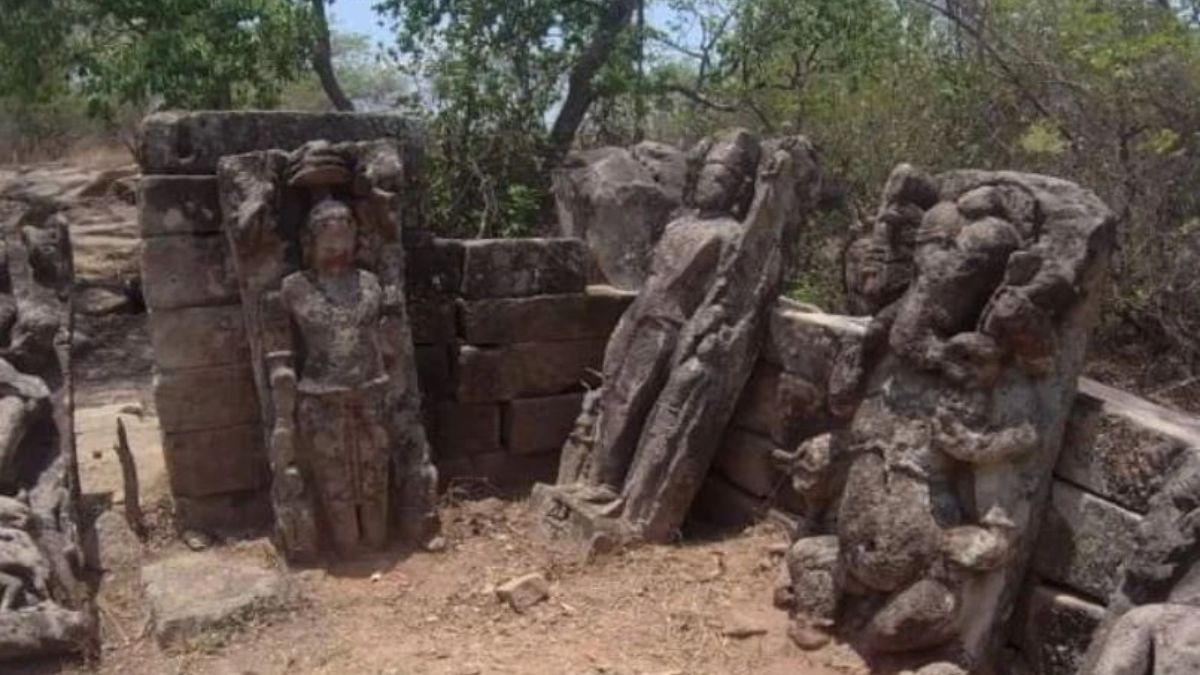Madhya Pradesh’s Bandhavgarh National Park is known for the number of tigers it houses as well as other rare animals. Well, recently, archaeologists found many archaeological treasures in this famous national park in India. Many paintings, man-made water bodies, and other such treasures were unearthed here. It is mentioned that these pieces are about 1500 to 2000 years old.
Discovery By Archaeologists In Bandhavgarh National Park
Archaeologists have discovered many pieces of evidence, like man-made water bodies, paintings, and more, at Bandhavgarh National Park. All the evidence found here suggests that a modern society did exist.
The findings stated that the tiger reserve was once part of an old trade route. Traders used to pass through this route and shelter themselves in the rock-cut caves.
The man-made water bodies found by the archaeologists are believed to be 1,800-2,000 years old. The evidence reveals that some of these were renovated some 1,000 years ago. They also came across a painting that is about 1,500 years old.
An ASI (Archaeological Survey of India) official mentioned that the fact that these water bodies are built at a height and were used for harvesting rainwater, shows that the place had a modern society here.
Also Read: Pawesome News! London To Get Dalmatian Cafe Giving You 101 Dalmatian Vibes
The Zone Has Revealed Many Secrets
Madhya Pradesh’s Bandhavgarh National Park has been known as a zone that has revealed many secrets in the archaeological section. The Archaeological Survey of India, last year, unearthed around 26 Buddhist caves that date back to the 2nd–5th centuries BCE. This was a part of their summer exploration.
Another exploration of this zone was in the Tala range. The archaeologists had discovered 11 rock-cut caves that were used by traders for shelter. One of these caves had a Golden Age painting. This painting, according to archaeologists, depicts an animal.
Also Read: Newly-Built Bengaluru Airport T2 Roof Leaks After Rain, Netizens Say It’ll Transform Into Wonderla
What do you think of these findings?
Cover Image Courtesy:

